January 28, 2015
How well designed office hives can foster swarm intelligence
 A beehive in your back-garden is hardly ideal, nor is stumbling across an ants’ nest while searching for a picnic spot. However, these swarms have become the inspiration for a revolutionary new way of working. Swarm intelligence describes how a group of people find effective solutions to difficult problems and their ability to adapt automatically to changing environments and work as a team of equals. To get the full benefits of swarm intelligence, we need to make sure that our offices have areas where staff can collaborate. There can be no rigid structures or process chains that ideas have to go through. The flow of knowledge shouldn’t be restricted. It should be allowed to flood through our businesses and offices and take no account of whether the people sharing knowledge, ideas and opinions have been with a company for five days or five years.
A beehive in your back-garden is hardly ideal, nor is stumbling across an ants’ nest while searching for a picnic spot. However, these swarms have become the inspiration for a revolutionary new way of working. Swarm intelligence describes how a group of people find effective solutions to difficult problems and their ability to adapt automatically to changing environments and work as a team of equals. To get the full benefits of swarm intelligence, we need to make sure that our offices have areas where staff can collaborate. There can be no rigid structures or process chains that ideas have to go through. The flow of knowledge shouldn’t be restricted. It should be allowed to flood through our businesses and offices and take no account of whether the people sharing knowledge, ideas and opinions have been with a company for five days or five years.







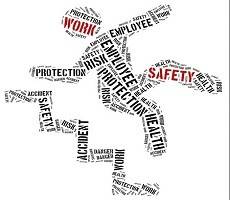




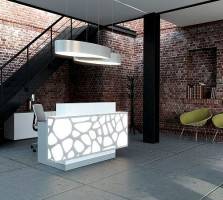
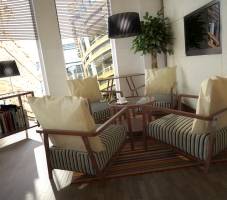







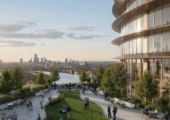


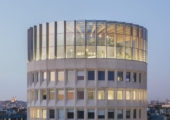

February 2, 2015
Staff calling in sick could be a symptom of management malaise
by Sara Bean • Comment, News, Wellbeing, Workplace
If your office seems strangely quiet this morning it might be due to the fact today is ‘national sickie day’. The first Monday in February is the day of the year which traditionally sees the highest number of workers calling in sick. It’s been argued that many of these people could in fact be looking for a new job, but whether your staff are sick or on a job interview, these absences may be indicative of a deeper problem, and it in all probability lies with the quality of their managers. According to recent research, one in seven people (16%) have had to take sick leave due to a bad manager and a fifth of people would turn down a job offer if their new manager had a bad reputation. The research also found that those who find themselves being poorly managed are more likely to take radical action and leave a job than tackle the issue with their HR department.
(more…)